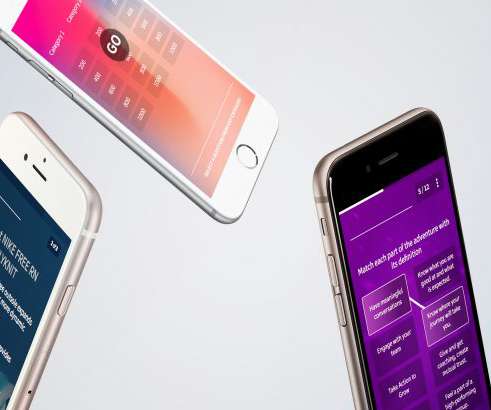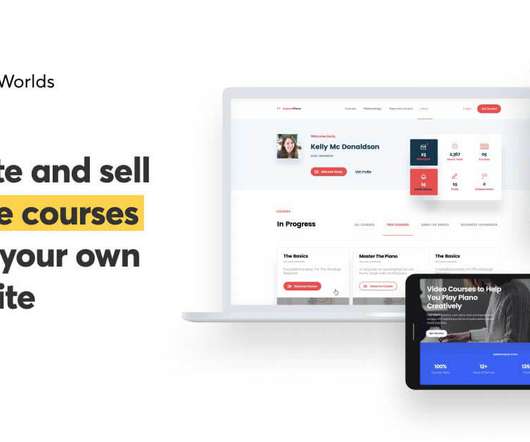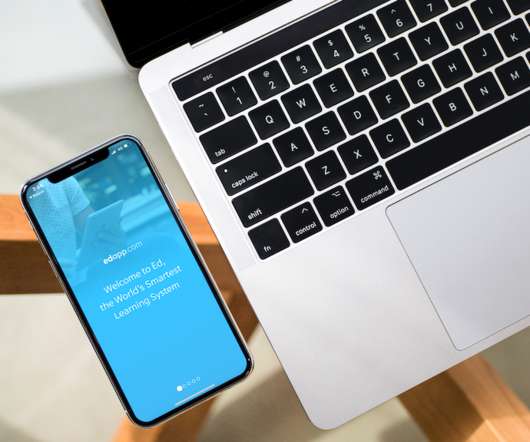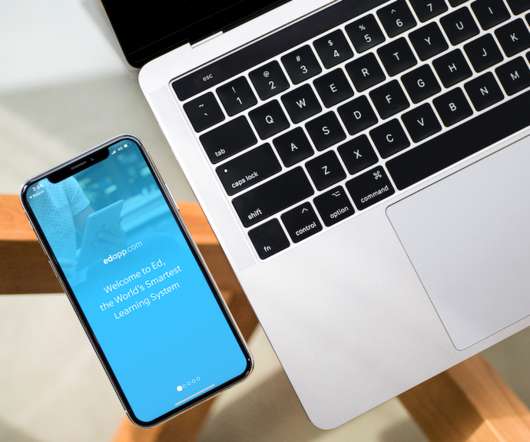Why microlearning is not just about mini training videos
Ed App
MAY 16, 2020
Rather, microlearning taps into cognitive science to establish habits of continuous application, repeatedly exposing learners to short bursts of content (at spaced intervals) that result in more durable knowledge retention. . Kelly Palmer and David Blake (2018). Michael Boyette (2012). Mihály Csíkszentmihályi (1990). 64,2: 109-118.
















Let's personalize your content